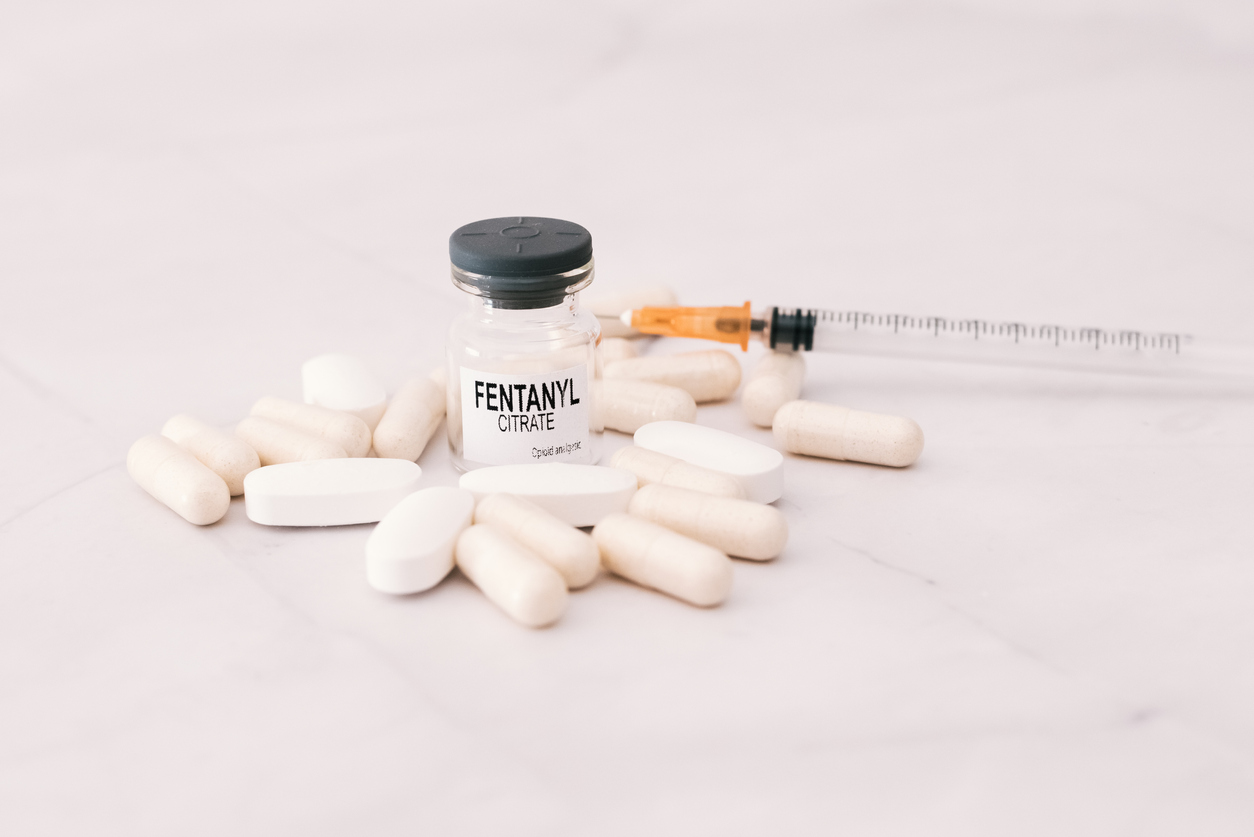Reno has drug (overdose) problem

Perhaps the slogan “The Biggest Little City in the World” has run its course. Metropolitan Reno is now home to a half-million people — hardly a little city by any measure. And with its booming population comes the ills commonly associated with urban growth, one of which is drug abuse. Due to dangerous opioids, however, drug abuse today is a different animal than in years past, and recent data show Reno has claimed the statistical lion’s share of the problem in Nevada.
According to the State Unintentional Drug Overdose Reporting System (SUDORS), in 2021 there were 786 unintentional drug deaths in Nevada, indicating a drug death rate of 25 per 100,000 population. Washoe County recorded 209 of those deaths at a rate of 43 per 100,000. The rate in Clark County, by comparison, was 22 per 100,000 population.
Further, between 2020 and 2021, when overdose death trends statewide were either flat or moving downward, the trends in Washoe County moved significantly upward.
Overdose data specific to opioids show similar results. During the height of the pandemic in 2020 everything was askew. Opioid-related drug deaths statewide rose an astonishing 44 percent from the prior year, with Clark and Washoe counties showing 52 percent and 34 percent increases, respectively. But in the year following, the opioid death rate in Clark County decreased by 2.4 percent to 16 deaths per 100,000 population while the rate in Washoe County increased 28 percent to 28.3 deaths per 100,000.
State reporting in SUDORS shows that from January to June 2022 there were 424 overdose deaths among Nevada residents, an average of more than two deaths each day. Taken separately or combined with stimulants, opioids were involved in 88 percent of those deaths. During those six months, Washoe County reported 109 overdose deaths with opioids playing a similar role. But worse yet, one in two deaths in the county were linked to drugs containing illicitly manufactured fentanyl — a significantly higher IMF-related overdose death rate compared to statewide averages.
Just how serious is the fentanyl threat? Given that fentanyl is the deadliest opioid on the black market due to its potency and prevalence, it’s serious enough for the Drug Enforcement Agency to deem last May 8 as National Fentanyl Awareness Day.
DEA Administrator Anne Milgram stated in a recent press release that “Fentanyl is the greatest threat to Americans today. It kills more Americans between the ages of 18 to 45 than terrorism, than car accidents, than cancer, than COVID. It kills nearly 200 Americans every day. And the number of children under 14 dying from fentanyl poisoning has increased at an alarming rate.”
Those numbers sadly bear out for Nevada where 49 percent of drug overdose deaths are among those 18-44 years old, two-thirds of which are males. The most vulnerable population are those 25-34 years old, the age group to which one in every four deaths is attributed.
In 2021, the Washoe County Sheriff’s Department cited fentanyl as the second deadliest drug in Washoe County following methamphetamines. Just five years prior, in 2016, fentanyl overdose deaths were rare, with seven deaths linked to fentanyl, according to an article in the Reno-Gazette Journal. While today stimulants such as meth remain the leading cause of overdose deaths, synthetic opioids are running a very close second.
Then there’s the combination of opioids and stimulants that is now becoming the most popular mix of deadly drugs resulting in overdoses. According to Epidemiologist Shawn Thomas of the UNR School of Public Health, “The most concerning thing about recent trends is the increase in deaths attributed to multiple substances, mainly opioids and stimulants. We need to adapt to this current challenge of polysubstance use to prevent overdose deaths.”
The ability for public health to adapt is largely dependent on current and accurate data, like what is provided by SUDORS. Thomas added “Ongoing, near real-time surveillance is vital to keep us informed about what is currently in the drug supply so that we can respond appropriately and save lives.”
So why have overdose death rates been higher in Washoe County? Drug availability, drug-use patterns and limited resources for prevention are probable variables. But whatever the sources of the problem, and there are many, we must throw the book at this — stronger enforcement, education and awareness campaigns, state-of-the-art surveillance and harm-reduction programs — all geared to reduce the number of Nevadans, most of whom are in the prime of their lives, that are succumbing daily to unintentional drug overdoses.
Michael Raponi is a contributing columnist for The Nevada Independent. He can be reached at [email protected].
